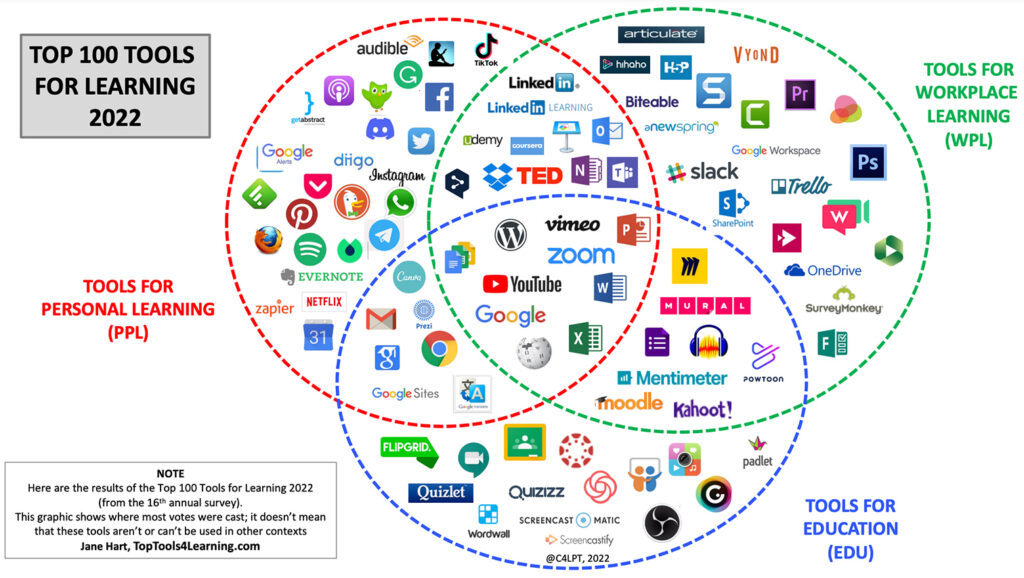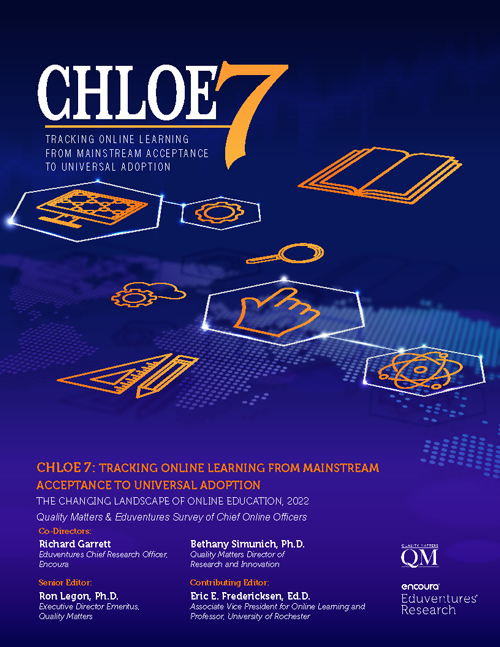College Rankings Are ‘a Joke,’ Education Secretary Says — from chronicle.com by Brianna Hatch
Excerpt (emphasis DSC):
Education Secretary Miguel A. Cardona called college rankings “a joke,” and took aim at selective colleges’ obsession with them, as he made a broader push on Thursday for closing stubborn equity gaps in the nation’s college-graduation rates.
“Many institutions spend enormous time and money chasing rankings they feel carry prestige, but in truth do little more than Xerox privilege,” Cardona said, attributing the phrase to the president of a historically Black college.
There’s a “whole science behind climbing up the rankings” that leads to misplaced priorities, Cardona said. The best-resourced colleges are playing a prestige game instead of centering “measures that truly count,” he said. “That system of ranking is a joke.”
…
Cardona called for a “culture change” in higher ed so that institutions would value inclusivity, use data to help students before they dropped out, and create more-accessible pathways for adult learners, rural students, and first-generation students.
“Let’s confer prestige on colleges’ breaking cycles of poverty. Let’s raise the profiles of institutions delivering real upward mobility, like all of you,” Cardona told attendees, echoing an essay he wrote for The Chronicle on Thursday. “Let’s turn the universities that walk the walk on equity into household names.”
From DSC:
The above item re: culture change caught my eye. Coming out of college, I didn’t think about the culture of an organization. It didn’t mean anything to me.
But as the years went by — and especially as I was working for Kraft Foods at the time when it got acquired by Philip Morris — I began understanding the power and influence of the culture of an organization. That power and influence could be positive and helpful or it could be negative and could stunt the growth of the organization.
I personally question whether many of the existing cultures within our colleges and universities have the ability to change. Time will tell. But the culture of places where I’ve worked had a (sometimes strong) distaste for the corporate world. They didn’t want to be called a “business.” I put that word business in quotes purposefully — as the term was spoken with disdain. The higher calling of higher education could not be considered a business…yeh right. Looking at things these last few years, one can certainly not claim that any longer.
The cultures of our traditional institutions of higher education may be the biggest challenge to their survival. Perhaps some tips in this article may help — though it has to go waaaaay beyond the IT Department.











![The Living [Class] Room -- by Daniel Christian -- July 2012 -- a second device used in conjunction with a Smart/Connected TV](http://danielschristian.com/learning-ecosystems/wp-content/uploads/2012/07/The-Living-Class-Room-Daniel-S-Christian-July-2012.jpg)



